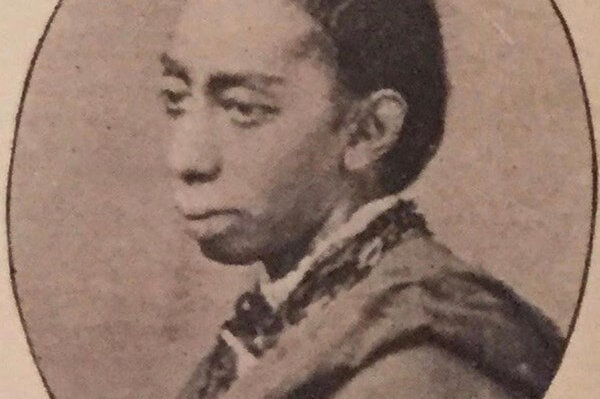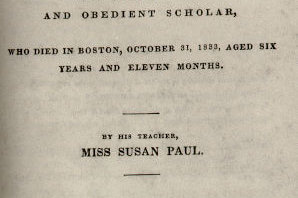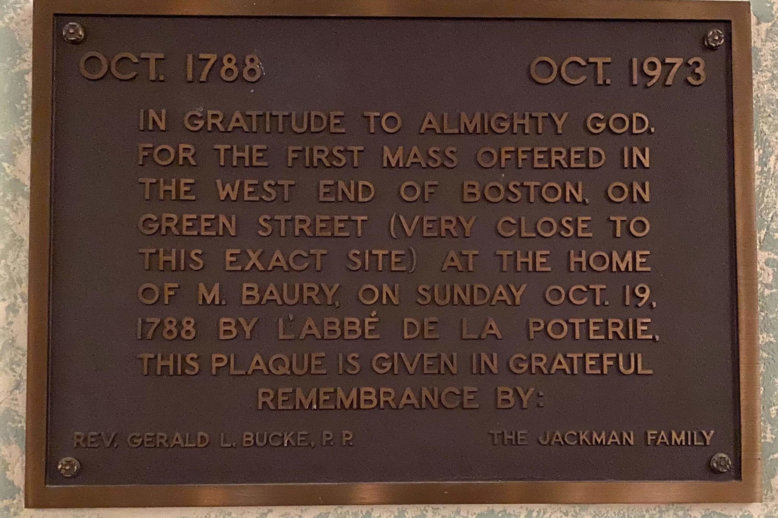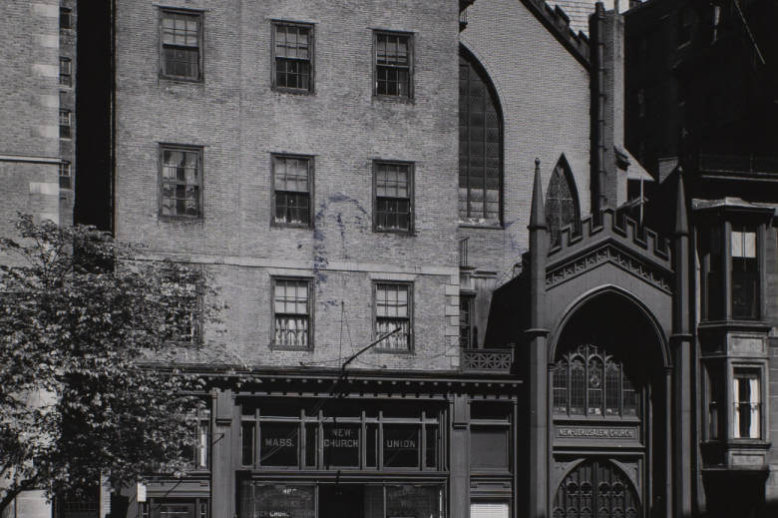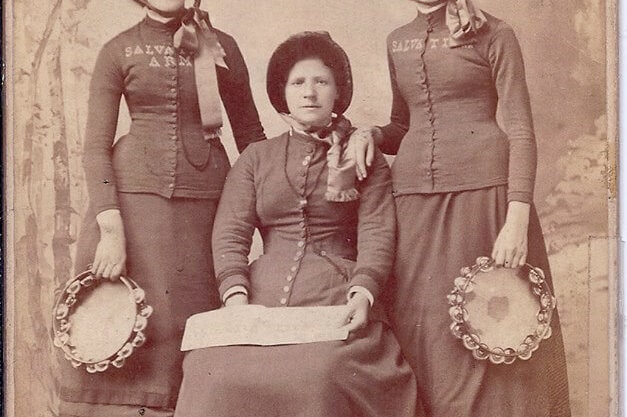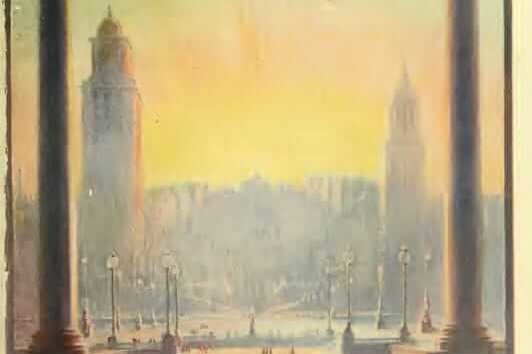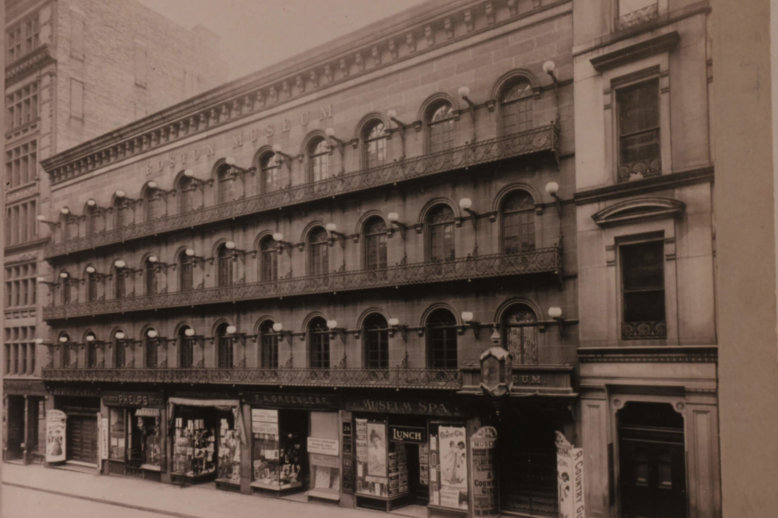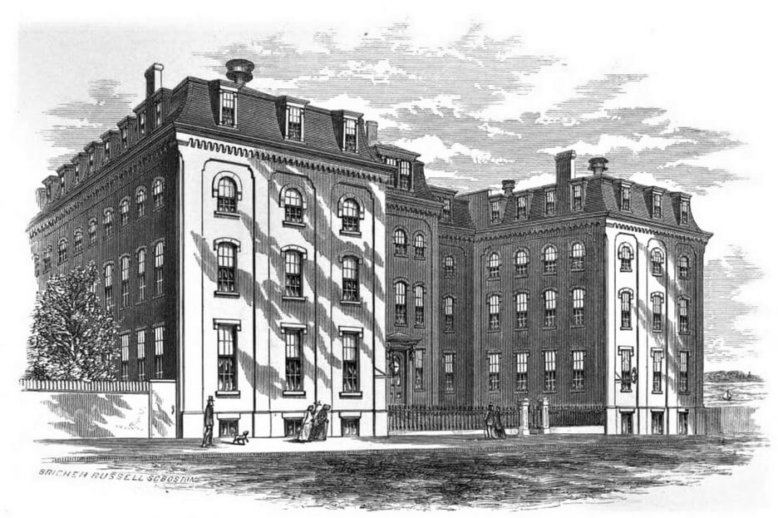Topic: Social & Religious Institutions
Settlement houses, churches, almshouses, women’s shelters, synagogues, priests, social workers
Raised in a West End home which served as a refuge for fugitive slaves, Eliza Ann Gardner learned the power of social activism at an early age. She dedicated her long life to the struggle for abolitionism, women’s rights, temperance, and still managed to run a successful business. She contributed significantly to the transformation of Black women’s roles in churches and public culture, and served as an inspiration to millions around the world, including her younger cousin, academic and civil rights leader W.E.B. DuBois.
Susan Paul (1809 -1841) worked as an abolitionist, educator, and author from the north slope of Beacon Hill in the West End. She fought against slavery in every aspect of her professional life through her education of African American students, the inspirational music performed by her choir, and her landmark work, The Memoir of James Jackson, the earliest known prose narrative and biography by an African American woman in the United States.
After centuries of exclusion by Boston’s ruling Puritan leaders, Roman Catholics were finally allowed to officially practice their faith in Massachusetts in 1780. Led by French Catholics, the movement to establish a Catholic community in Boston is reported to have started with a private mass in the West End. This was the first step in establishing what would become one of the most recognized Catholic archdiocese in America.
On Christmas Eve 1896, the Society of the New Jerusalem church on Bowdoin St. in the West End held a Christmas festival for children, which featured an elephant bearing candy. Christmas festivals at West End churches, including the Twelfth Baptist Church on Phillips Street, were typical of the nineteenth century.
As the Salvation Army stormed into Boston to continue its evangelical and humanitarian mission, it chose a location in the West End for its headquarters in Massachusetts. From this initial foothold in the city, the Salvation Army and its leader Annie Shirley withstood the persecution of established churches and angry mobs, and expanded its operations throughout New England. The organization continues to pursue its mission today as one the country’s largest and most visible charities.
The Boston-1915 Committee was formed in 1909 to improve conditions in Boston and to make it “the finest city in the world” by 1915. For many West Enders, Boston-1915 represented the promise of a brighter future, but none of them could have foreseen that some of the movement’s ideas would inspire city leaders to demolish the West End half a century later.
In an age of ongoing Puritan restrictions on theatrical shows, Moses Kimball founded the Boston Museum as a venue which bowed to the cultural aspirations and respectability of mid-19th Century Boston, but at the same time gave the people what they wanted; live performances. Before the renowned Howard Athenaeum (and later the Old Howard) had opened its doors across the square, the Boston Museum attracted large audiences to the Scollay Square area to witness music, drama, and even moral instruction on stage.
The Home for Aged Colored Women was founded in the historic West End, on the north slope of Beacon Hill in 1860. The organization’s objective was to financially support and house elderly and poor Black women being turned away from existing charitable institutions. The organization raised enough funds to build an institution that served the community through the 1940s.

